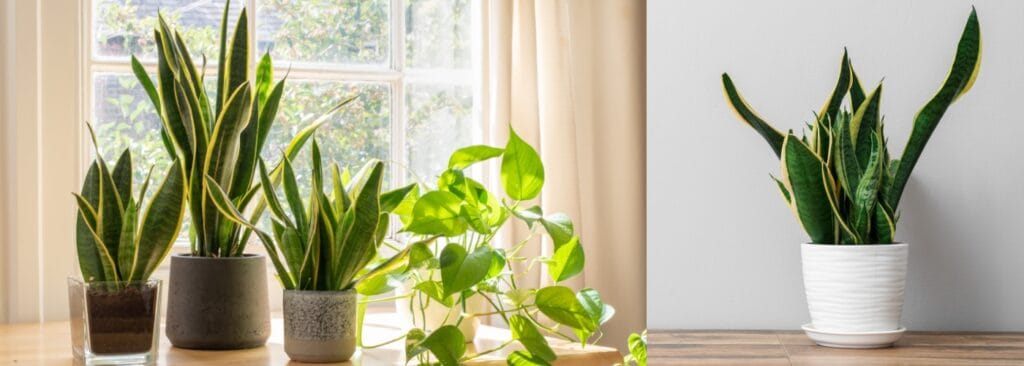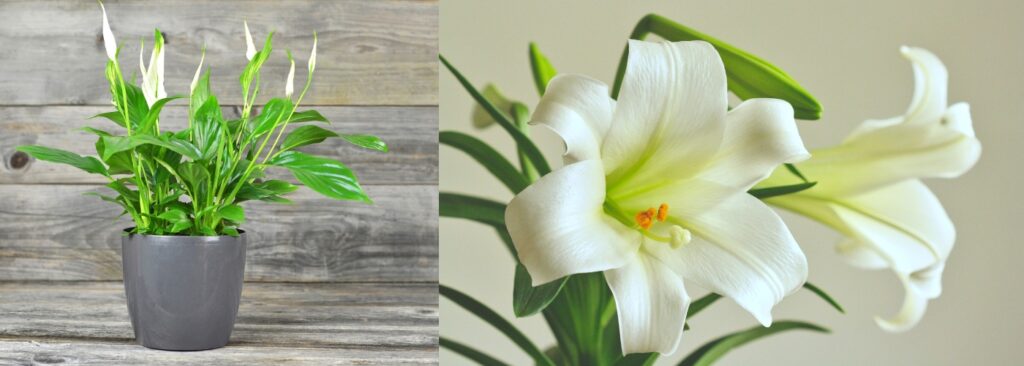Gardening is not only a relaxing and rewarding hobby but also a practical step toward healthier, self-sustained living. With its diverse climate, fertile soil, and long growing seasons, Pakistan is a gardener’s paradise if you follow the rhythm of the seasons. Understanding seasonal cycles is essential for successful planting. This blog provides a detailed, month-by-month guide to help you make the most of seasonal gardening in Pakistan, whether you’re growing flowers, herbs, fruits, or vegetables.
Pakistan’s climate varies from region to region, but this guide is tailored for most plains and mid-altitude regions, including Islamabad, Lahore, and Peshawar. Let’s dive into what to plant each month for year-round gardening success.
January – Kickstart with Winter Greens and Root Crops
January is a cool, dry month in most parts of Pakistan. It is ideal for sowing root vegetables and hardy greens that thrive in the winter chill.
- Vegetables:Carrots, radish, spinach, mustard greens, turnips, lettuce
- Herbs:Dill, parsley, coriander
- Flowers:Pansy, petunia, calendula, snapdragon, alyssum
Tips: Water sparingly to avoid frost damage and ensure good drainage. Using organic mulch helps retain soil warmth.
February – Time to Plan for Spring
As winter starts to recede, February is the transition month to get ready for spring. Seed trays should be started indoors or in greenhouses for early transplants.
- Vegetables:Tomatoes (seed trays), beans, peas, chillies
- Flowers:Phlox, marigold, zinnia, verbena
Tips: Focus on preparing compost-enriched beds and keeping an eye out for aphids as the temperature rises.
March – Spring into Full Bloom
March is one of the best months for planting. The weather is warming up and soil conditions are ideal for sowing a wide variety of vegetables and flowers.
- Vegetables:Cucumbers, tomatoes, squash, bell peppers
- Herbs:Basil, mint, oregano
- Flowers:Cosmos, sunflower, nasturtium, balsam
Tips: Add compost or organic matter to your garden beds to support rapid growth. Protect young seedlings from sudden heat spikes.
April – Preparing for the Summer Heat
April marks the arrival of warmer weather. Plant heat-tolerant vegetables and flowers that can survive the rising temperatures.
- Vegetables:Okra, pumpkin, bitter gourd, eggplant, bottle gourd
- Flowers:Portulaca, celosia, four o’clock, vinca
Tips: Water early in the morning or late in the evening. Mulch heavily to preserve moisture.
May – Peak Heat and Smart Planting
With high daytime temperatures, focus on plants that love full sun and require minimal care.
- Vegetables:Tinda, ridge gourd, cluster beans, sponge gourd
- Flowers:Marigold, salvia, sunflower
Tips: Provide partial shade for new plants. Use drip irrigation or deep watering techniques to keep soil cool.
June – High Temperatures and Hardy Plants
June can be harsh in most areas. Focus on hardy summer vegetables and tropical flowering plants.
- Vegetables:Corn, okra, amaranth, pumpkin
- Herbs:Lemongrass, holy basil
- Flowers:Zinnias, cosmos, periwinkle
Tips: Watch for pests and fungal infections due to humidity. Ventilation and air circulation are crucial.
July – Monsoon Blessings
Rain showers in July rejuvenate the soil. This is a great time for leafy greens and fast-growing vegetables.
- Vegetables:Spinach, methi, ladyfinger, cucumbers
- Flowers:Rain lilies, hibiscus, impatiens
Tips: Avoid waterlogging by ensuring proper drainage. Add compost after heavy rains to replenish nutrients.
August – Planting with Purpose
This is the best month for planting greens, herbs, and monsoon-friendly crops. The soil is fertile and easy to work with.
- Vegetables:Fenugreek, coriander, turnips, beetroot
- Flowers:Marigolds, gaillardia
Tips: Trim overgrown shrubs and perform pest control. Fertilize mid-month for better yields.

August – Planting with Purpose
This is the best month for planting greens, herbs, and monsoon-friendly crops. The soil is fertile and easy to work with.
- Vegetables:Fenugreek, coriander, turnips, beetroot
- Flowers:Marigolds, gaillardia
Tips: Trim overgrown shrubs and perform pest control. Fertilize mid-month for better yields.
September – Transition to Winter Crops
As temperatures begin to drop slightly, it’s time to prepare for winter planting.
- Vegetables:Cauliflower, cabbage, carrots, broccoli
- Flowers:Petunia, snapdragon, dahlia
Tips: Prepare seedbeds and transplant seedlings started in August. Start reducing watering frequency gradually.
October – Cool Weather, Busy Planting
October is a peak planting month for winter crops. Use this month wisely to get the most out of the cool season.
- Vegetables:Radish, spinach, lettuce, peas, garlic
- Flowers:Dianthus, calendula, pansy
Tips: Maintain consistent moisture in soil and protect young plants from early cold waves.

November – Winter Crops in Full Swing
November brings cooler nights and is perfect for root crops and leafy greens.
- Vegetables:Onions, kale, mustard greens, turnip
- Flowers:Antirrhinum, larkspur, stock
Tips: Water during the day to avoid moisture freezing overnight. Continue using mulch to retain heat.
December – Cold but Productive
December can be surprisingly productive with proper planning. Winter vegetables and ornamental flowers thrive in cool weather.
- Vegetables:Broccoli, cauliflower, beets, garlic
- Flowers:Pansies, petunias, violas
Tips: Use cloches or covers to protect sensitive plants from frost. Maintain garden hygiene to avoid disease.
Mastering the calendar is the secret to successful seasonal gardening in Pakistan. Each month brings new opportunities for color, flavor, and growth. By understanding which crops to sow and when, you can enjoy a productive and thriving garden year-round.
At 92 Farm Homes, we embrace nature not just as a backdrop but as an essential part of everyday living. With planned green zones, kitchen gardens, and community-driven landscaping, our farm homes are the ideal place to practice sustainable, seasonal gardening.
✨ Live with nature. Grow with purpose. Only at 92 Farm Homes.
Also Read This
